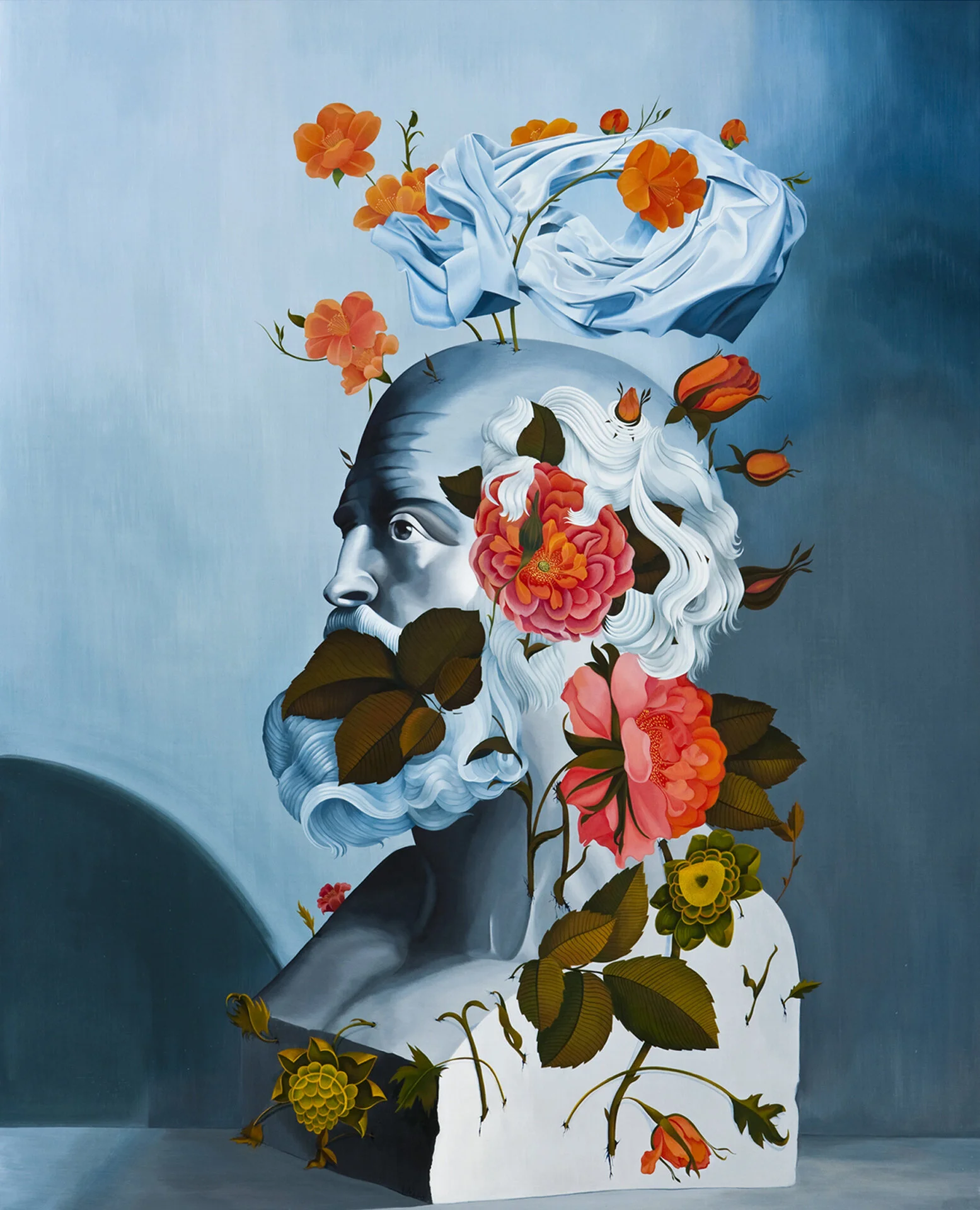Gallery 16 is pleased to present Epoch featuring the work of Libby Black, Taravat Talepasand, and Josephine Taylor.
Ep·och, /’epǝk/, noun: A period of time in history or a person’s life (fourteen years in the case of these artists) typically marked by notable events or particular characteristics. The long-standing friendship between Libby Black, Taravat Talepasand, and Josephine Taylor, has woven its way through many spheres of life: love, home, motherhood, work, culture, community, history, politics. What began two years ago as a correspondence via email between the artists evolved into a greater dialogue about what it means to be an artist, a feminist, a teacher and a mother. Inspired by a mutual love and respect for each other’s work, practice and careers, Epochpresents the work of these artists in dialogue together for the first time. It’s almost as if we are having a dinner party, only the art is the invited guest. When you get to a dinner party, the topics of conversation are not listed when you walk in; they happen naturally... We all have underlying themes.
In a society that demands a challenging and unforgiving work/life balance - especially as active and successful artists and mothers - these artists have ‘unapologetically persisted.’ Through various methods of appropriation, reauthoring and the shifting of perspectives, Black, Talepasand and Taylor explore ideas of domesticity and the presence of women in their work. Each of them displays an “extraordinary level of engagement with their craft, both in terms of technical skill and their ferociously smart, sometimes sneaky way of bringing viewers face to face with uncomfortable content. Strength is a common motif—physical, mental, spiritual—in work about politics, emotions, parenting, past traumas and present day-to-day life as a woman” (Maria Porges).
Libby Black imbues a kind of power and autonomy to the domesticity of things around us. Using paper, paint, and a hot glue gun, she reshapes objects from her life into a series of still lifes that, in effect, become self-portraits coding her identity (as an artist, a mother, a lesbian, a dreamer, a fan, a lover). Often humble and humorous, the work simultaneously provokes commentary on larger societal issues. Black’s graphite re-drawing of New York Times newspaper pages and news photographs that she has collected over the years and redrawn, press the viewer to both “examine and experience our relationships to events that otherwise have a way of sinking beneath the surface of consciousness.”
Taravat Talepasand is an Iranian American and boldly explores her bicultural identity in her work. Acknowledging the persistence of memory and the past, and accepting that neither can be buried or wrapped away from sight, Talepasand creates work that highlights female empowerment and, at times, explains the complicated path that the artist has experienced alongside other women. These new sculptural paintings were made by stretching the sanctioned domestic fabrics from Iran over linen. A color field of casein milk paint on the linen highlights the dominant color of each unique, hand printed textile. With the same confident hand, Talepasand paints in tiny areas of narratives - persian miniatures illustrating ceremonies, love, relationships and customs alongside poppies and flowers - some sheathed by the Persian textiles, some intimately embedded within the flowering detail of the textile. These painted narratives explore the artist’s new life as a wife, mother and slowly unwind the patterns of her family and upbringing.
Josephine Taylor considers the relationship between media and gender, specifically the way that MTV (the predominant access point to pop culture during the artist’s formative years) informed her ideas of sexual identity, gender roles, adversarial gender relationships, domesticity and romance. Taylor takes the still frames from a series of videos, reorients and refines the images through collage to look the way she wants them to look, and reauthors them through photogravure. Also featured is a series of love letters sent to the artist between 3rd grade and high school. With the same kindred love of detail and precision that Taylor uses to execute her large figurative drawings, she meticulously renders these, shifting the authorship from male to female. By taking the original and shifting it away from itself, Taylor ultimately disempowers the object of the agency with which it was initially impregnated.
This exhibition is accompanied by “Much Love and Respect,” the publication containing the series of emails exchanged between the artists along with a foreword and afterword by Maria Porges. Special thanks to Maria for her contribution, and to Mullowney Printing for their collaboration with Josephine Taylor on the photogravures.





